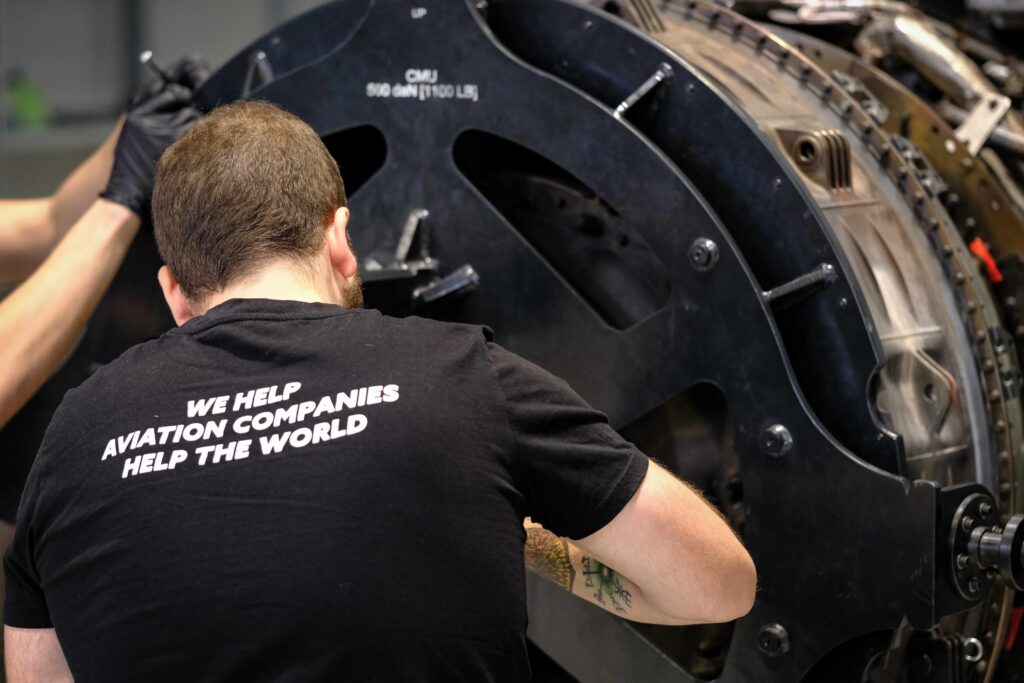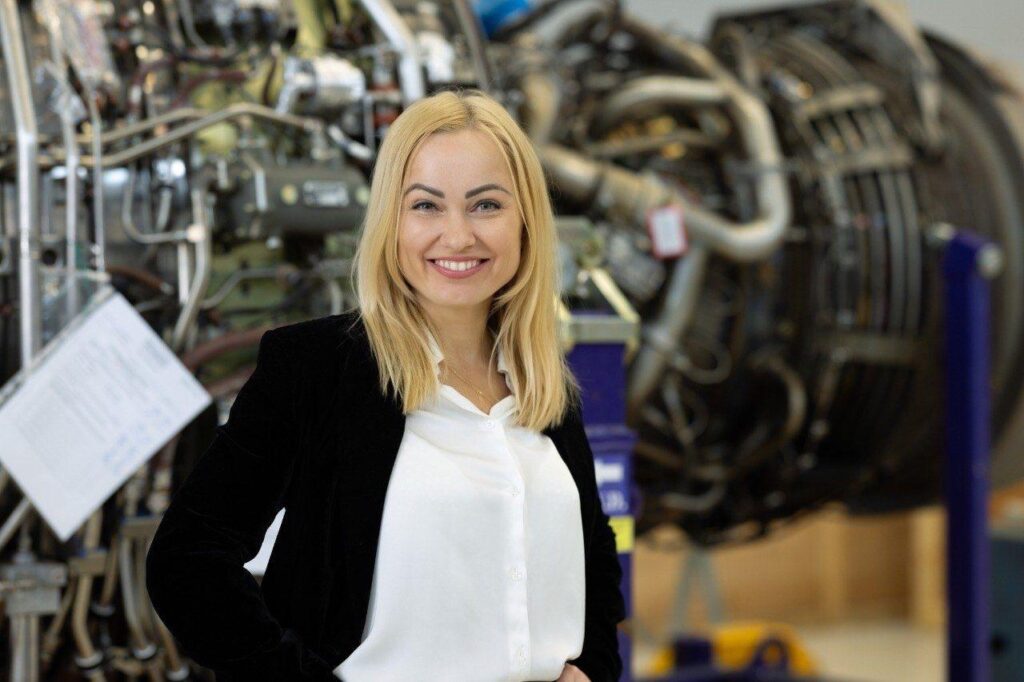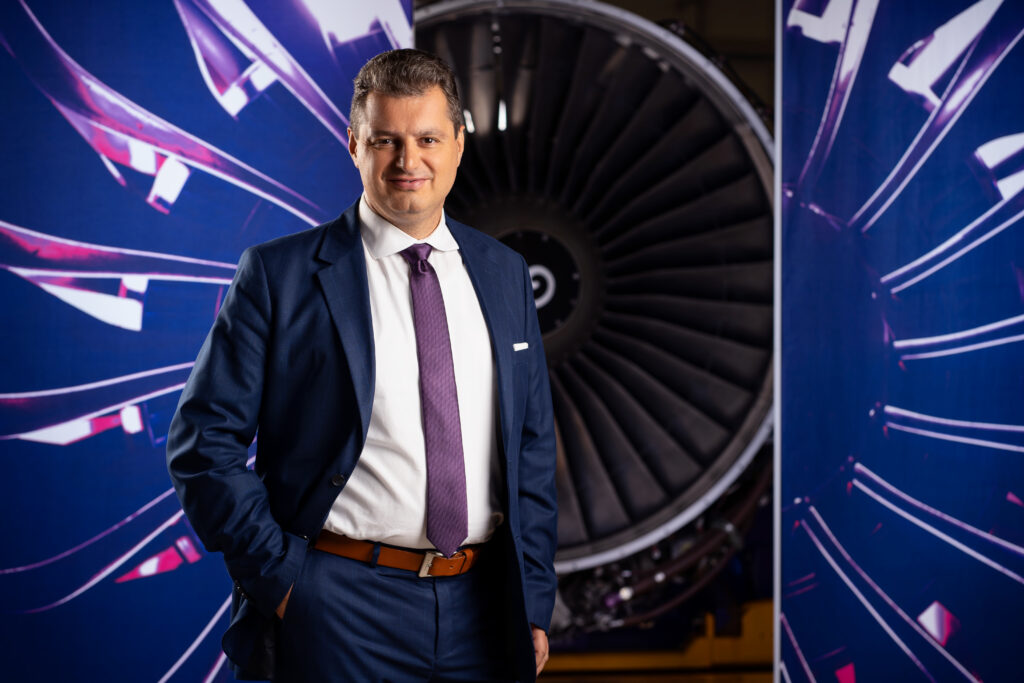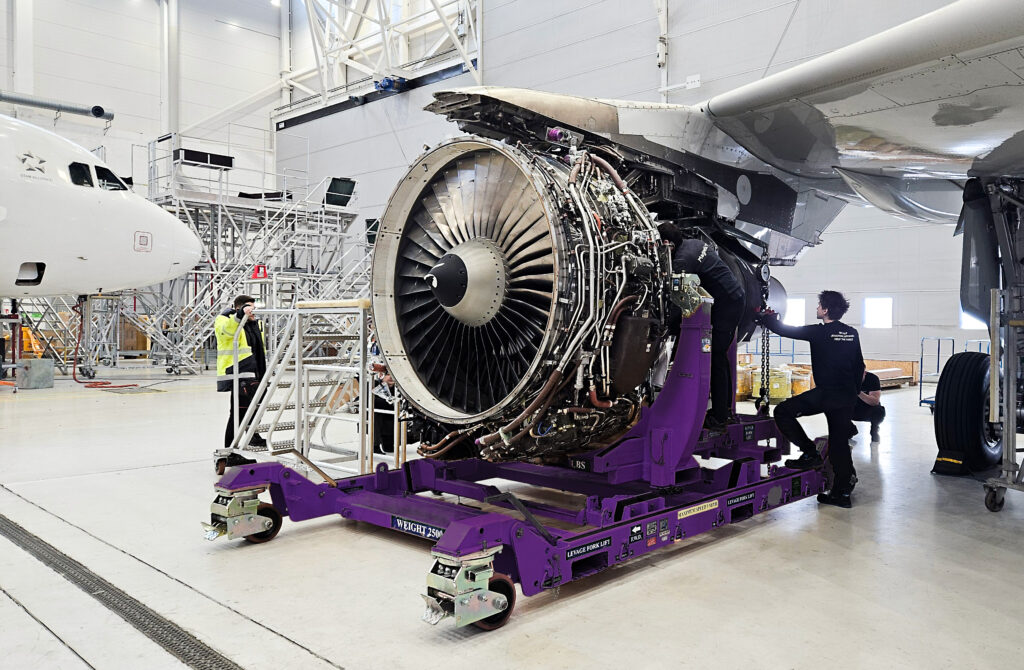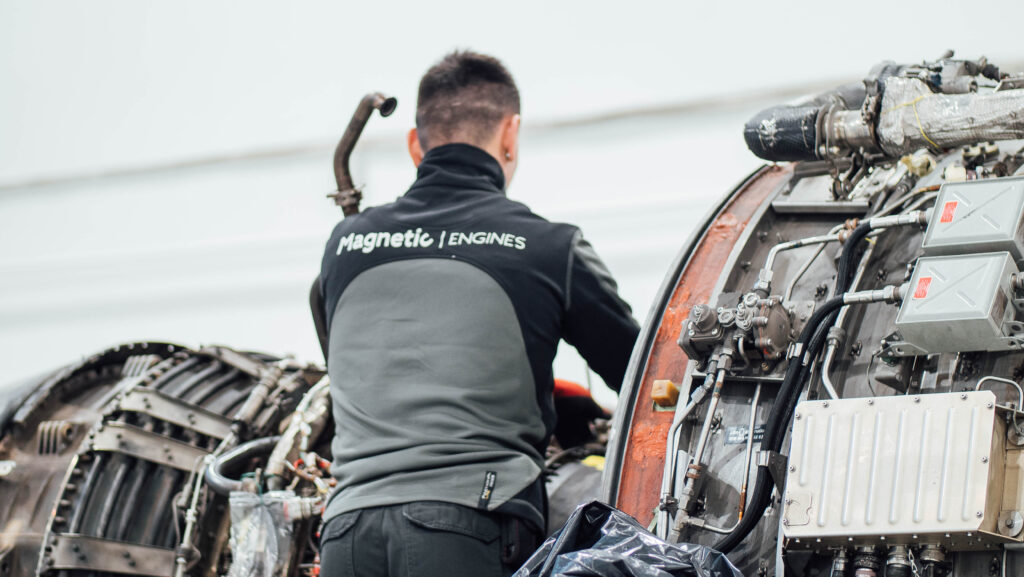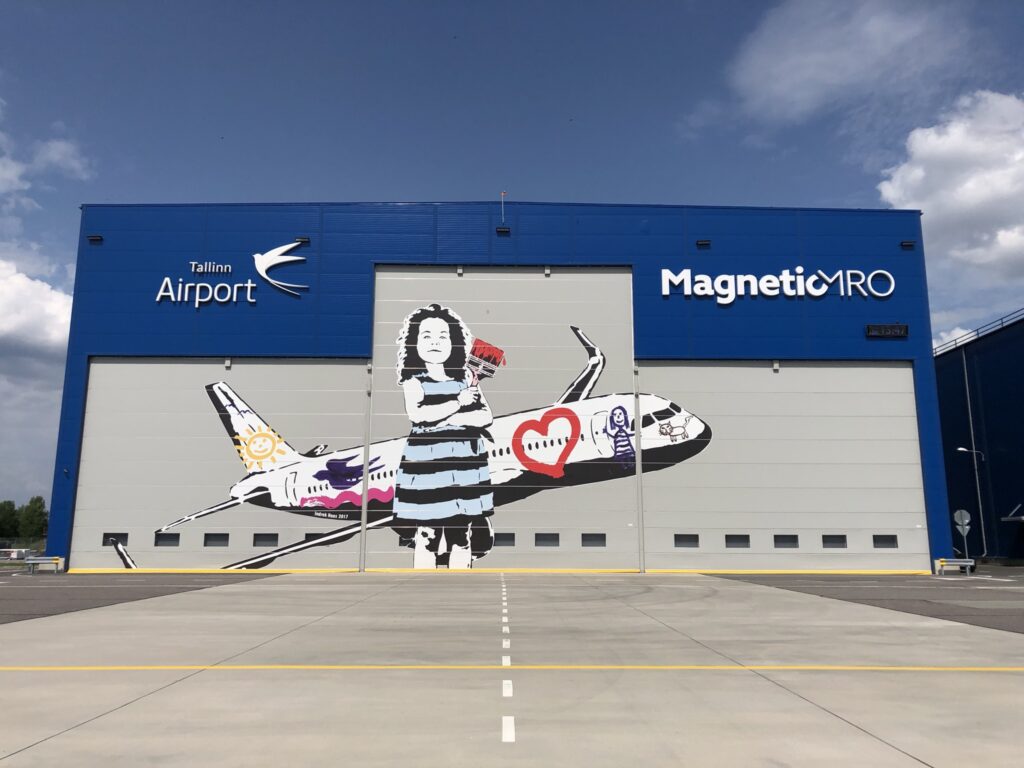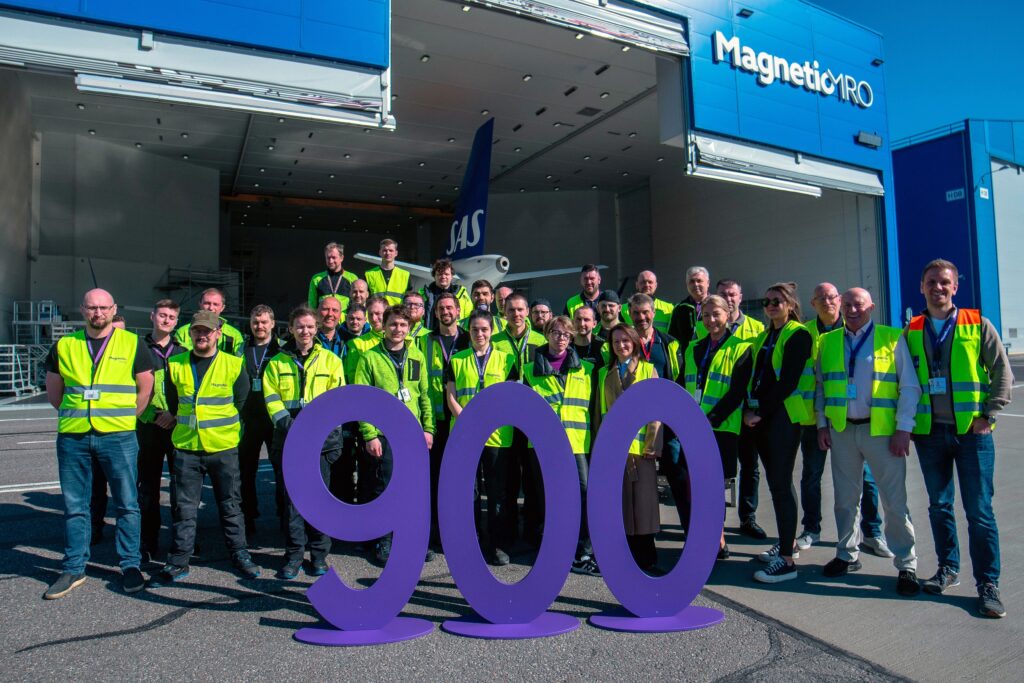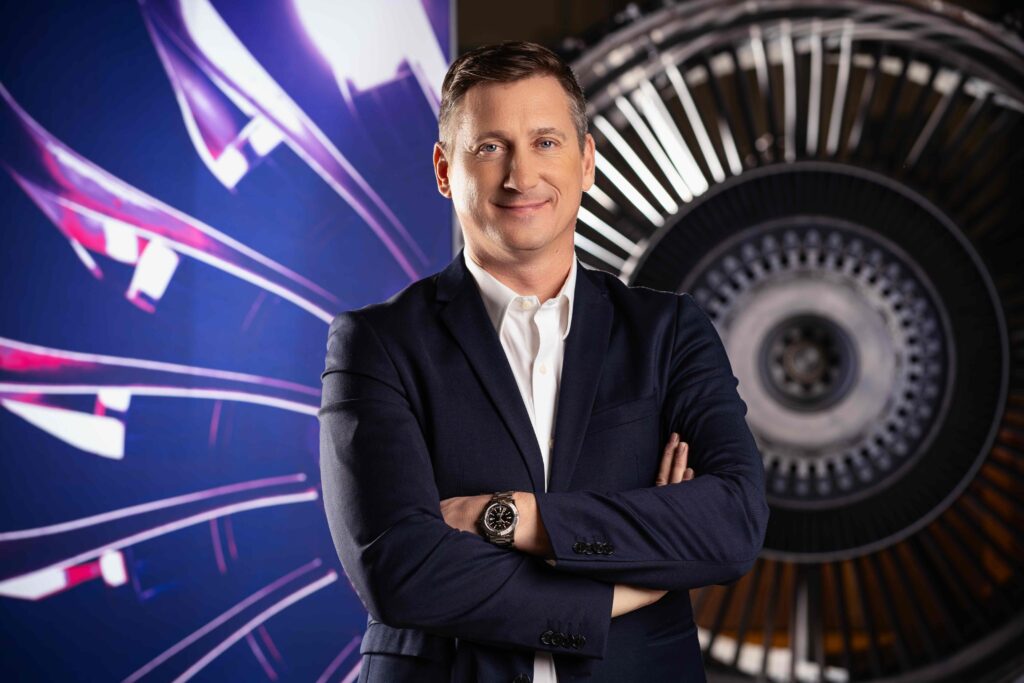The Future of Aviation

Aviation is a rapidly growing field across the world. The European Commission (EC) states on their webpage that the aviation sector creates 13.9% of emissions from transport, making it the second biggest source of transport greenhouse gas (GHG) emissions after road transport. The transport sector is responsible for almost a quarter of Europe’s greenhouse gas emissions and is the main cause of air pollution in cities. The transport sector, including aviation, has not seen the same gradual decline in emissions as other sectors; emissions only started to decrease in 2007 and still remain higher than in 1990. Therefore, it is crucial that the aerospace industry thinks critically about becoming environmentally neutral. In fact, the industry is already transforming to meet the goals set because of the climate crisis. To do this, it is integrating new technologies from energy science, material sciences and information and communications technology (ICT) fields. The Estonian Aviation Cluster, of which Magnetic MRO is a member, has proposed an ambitious plan, establishing the ZeroEST Climate Neutral Air Mobility Hub. This means that Estonia could become one of Europe’s climate neutral aviation hot spots and by 2030 have all regional domestic flights carbon neutral.
FUELLING UP FOR CHANGES
However, there are still many challenges the aviation industry faces before it can declare itself free of carbon emissions. For the European Union (EU), integrating new technologies means facing changes in each technology’s value chain.
The EU needs to rapidly invest in its R&D and manufacturing bases for next-generation aviation technologies in order to retain and grow its global competitiveness in this transformation.
Kristo Reinsalu, General Manager at the Estonian Aviation Cluster, says the main challenges lie – to phrase it quite simply – in price and technology. Over the last few decades, the passenger/fuel ratio per flight has been lower than ever before. Per passenger, it has quite frankly been lower than travelling by car from Tallinn to Tartu (the two biggest cities in Estonia, 183 km apart). Additionally, the energy density of liquid hydrogen is only about a quarter of that of jet fuel. That means the fuel tanks that store kerosene, which is currently used as jet fuel in aviation, can store four times more energy per volume than those with liquid hydrogen, as hydrogen contains three times more energy per mass than kerosene, but lower energy by volume. By volume, even liquid hydrogen requires four times more space. This would require a decrease in the number of passengers per flight, but in recent years, it has been higher than ever before. Kerosene is also still much cheaper than hydrogen and is better suited for long-distance travel.
For a hydrogen aircraft to fly the same distance as one fuelled by kerosene, it would need to be bigger, which can only come either at the expense of passenger and luggage space, or with a completely new aircraft design. Unfortunately, this also means that the passenger/fuel ratio would go up and the ticket price per person would increase, resulting in more expensive travel overall.
PIONEERS FOR ALTERNATIVES
ZeroAvia has been one of the pioneers in modern hydrogen aviation starting with a 6-seater Piper Malibu with a starting range of 370 km and extending to 560 km in 2021. In 2023, ZeroAvia is planning to go commercial with a 20-seater Dornier 228 with a range of 800 km. By 2027, ZeroAvia intends to fly an aircraft over a 1800 km range with 50–100 seats, and to at least double passenger numbers and distance, exceeding 200 passengers and 3700 km by 2035. In the meantime, Airbus is validating multiple hydrogen technologies (i.e. hydrogen turboprop and turbofan). In September 2020, they announced that hydrogen-fuelled propulsion systems would be at the heart of a new generation of zero-emissions commercial aircraft. The project, named ZeroE, is a flagship of the European Union’s multibillion-euro stimulus package, aimed at greening the bloc’s economy. Airbus will launch aircraft designs by 2025, and it tar- gets entry into service with multiple new planes for 100–200 passengers with ranges of 1800–3700 km by 2035. Other companies and agencies working on hydrogen aviation are Universal Hydrogen, Pipister, Hypoint, the Japan Aerospace Exploration Agency (JAXA), Rolls-Royce, New Electric Aircraft Engines – GSI, Hy2Fly, Rostec, NLR and Estonia’s very own Xfly amongst others.
As for electric planes, their debut is expected shortly. Swedish electric aviation start-up Heart Aerospace has successfully designed a regional airplane ES-19, that runs on batteries and electric motors instead of traditional jet fuel, and it seats 19 people. They recently received their biggest order to date: 200 of its inaugural ES-19 electric aircraft from aviation giant United Airlines and its regional airline partner Mesa Air Group. The start-up says it will deliver the first aircraft for commercial use by 2026. These aircraft will be able to fly up to 250 miles based on today’s battery technology.
Battery technology is the most common challenge when it comes to electric planes. However, the aviation industry is already actively seeking alternatives for lithium batteries, which are currently used on electric planes, and it is trying to work out ways to store more energy and make the batteries lighter. “We look forward to our very own Skeleton Technologies paving the road towards longer lasting electric engine usage cycles,” says Risto Mäeots, CEO of Magnetic MRO.
CURRENT CHALLENGES IN THE INDUSTRY
There are many challenges the aviation industry must overcome to become carbon neutral. One of them is that most fleets contain aircraft that are 10–12 or even 20 years old and should be renewed. However, it is unthinkable to simply abandon all these aircraft.
The EU has set a target to reduce emissions from transportation by 90% by 2050 compared to targets set in 1990, and aviation is no exception. Most likely, current aircraft will be retrofitted to meet these new aviation standards. In addition to this, new planes will be added to fleets over time as new aircraft technologies develop. Through faster deployment of electric flight and drone technologies, there is enormous potential to become a frontrunner in European aviation. By 2040, the world will see hybrids, fully electric and hydrogen aircraft in service, and they will scale up in production over the following 10 years, as stated in Eurocontrol’s Aviation Intelligence Units Think Paper #10.
There are also legislative challenges. Currently, each EU member state has established its own overflight fees. As some fees are higher and some lower, flight routes are optimized using the air space of countries whose fees are lower. This often results in longer flight routes, which require more fuel, longer flight times and produce more CO2 emissions. The usage of air space can also be a political decision, as was shown with the latest crisis in Belarus. “If overflight fees were no longer an issue, flight operators would plan flights using the most direct flight routes, thus consuming less fuel, and saving time. That would really help to optimize flight corridors,” states Reinsalu. One way to do this is for the EU and EC to contribute to going carbon neutral by changing EU legislation to establish general overflight fees for all EU states, in a similar way to how cell phone roaming fees were dealt with.
THE NEXT STEPS TOWARDS CARBON-NEUTRAL AVIATION
The legislative differences are some- thing for the EU and the EC to tackle and, in all fairness, they have begun to do that. As it is with all big changes, they don’t happen overnight and are often broken down into smaller steps. When it comes to aviation, the first step towards becoming carbon neutral is making changes in conventional fleets by blending kerosene with non-fossil fuels (bio and synthetic fuels called sustainable aviation fuel (SAF)). According to Eurocontrol’s Aviation Intelligence Units Think Paper #10, by 2030, the use of SAF as a percent of all fuels will increase to 10% or more, assuming the supply increases. By 2040, the use of SAF as a percent of all fuels will be upscaled to 50%. By 2050, the use of SAF will be up- scaled to 83% of all fuels.
As an intermediate step towards climate neutrality, the EU has raised its 2030 climate ambition, committing to cutting emissions by at least 55% by 2030. This initiative is called the Fit for 55 package and was published on July 14th 2021. With this, the EU has set mandatory blending targets of 2% SAF by 2025 and 5% SAF by 2030; however, many countries have set higher targets of 10% or more for themselves to fast-track the decarbonization of our airspace. The ReFuelEU Aviation initiative is coherent with other initiatives of the Fit for 55 package and introduces an obligation on jet fuel suppliers to blend a growing share of SAF (advanced biofuels and e-kerosene) into fuel provided to airports in Europe.
“Retrofitting current aircraft to meet new aviation criteria set by the EU creates an opportunity for designers and manufacturers as well as MRO organizations to contribute,” says Risto Mäeots. “Magnetic MRO has launched, under its design and manufacturing arm, a series of new initiatives to keep us at the forefront. Some of these initiatives include accommodating the best brains of different industries in a series of workshops that would bring together new ideas that Magnetic MRO will physically bring to life.”
WRITTEN BY KADRI EISENSCHMIDT




